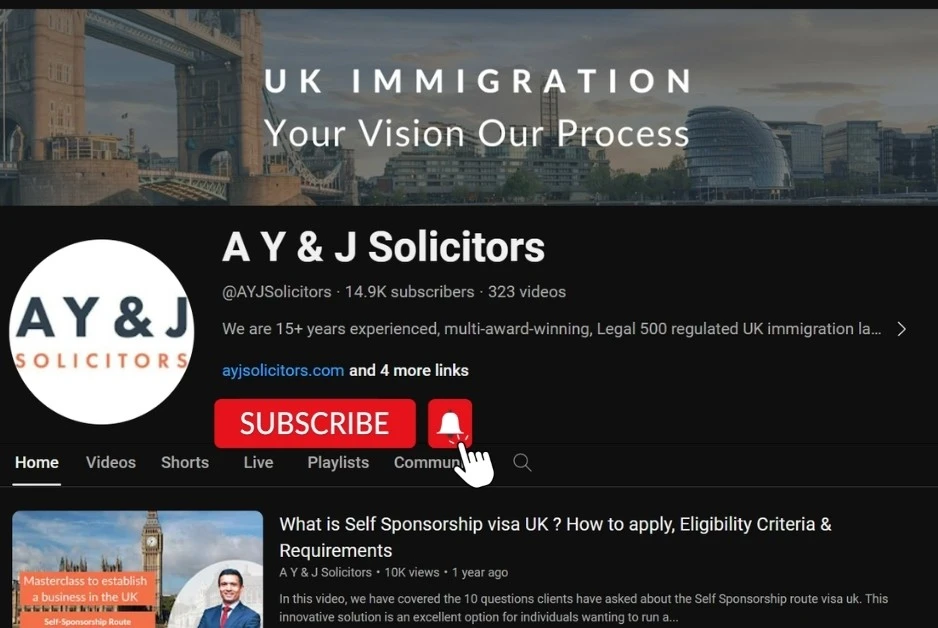Disclaimer: The information in this blog is accurate as of its publication date. Any updates after that date are not reflected here.
Many sectors of the British economy, such as hospitality, engineering, and health, rely heavily on talented workers from outside the European Economic Area (EEA). To recruit highly skilled employees, employers require a Tier 2 Sponsor Licence to be able to sponsor them. They must also comply fully with the duties and responsibilities laid down by the Home Office in the Sponsor Guidance (SG).
A key area of Sponsor Licence compliance is ensuring they correctly run a Residential Labour Market Test (RLMT) if one is required for the position to be filled.
Failure to complete a compliant RLMT can lead to severe penalties, including the Sponsor Licence being downgraded, suspended, or even revoked. In addition, your organisation may suffer reputational damage, resulting in difficulties in attracting top talent from abroad and an increase in disruptive, unannounced Home Office compliance visits.
What is a RLMT?
The RLMT is designed to protect the workforce in the UK by ensuring employers exhaust any possibility of being able to recruit a settled worker (meaning a person with Indefinite Leave to Remain or British Citizenship) before appointing a non-EEA national.
By running a RLMT correctly, you can prove to Home Office officials you have tested the British labour market, and the position you need to recruit for cannot be filled by a settled worker. The test also shows that the vacancy is genuine, and the skilled worker applying for the visa meets all the requirements.
The RLMT is an essential element of complying with Sponsor Licence duties and responsibilities.
Is a RLMT required?
There are specific situations in which an employer does not need to conduct a RLMT in order to fill a position with a non-EEA skilled worker. These include:
- where the job being recruited for appears on the Shortage Occupation List and the employee will be employed for at least 30 hours per week
- the position comes with a salary package of £159,600 or more
- a non-EEA employee who is already doing the job needs to extend their visa
- the employee is applying for a Tier 2 (General) Visa and their last grant of leave was as a Tier 4 student, and they have received their final course results which state they have been awarded a UK bachelor or Masters degree or have completed 12 months or more towards a UK PhD
How to run a compliant RLMT
A compliant RLMT involves advertising the position for the required amount of time and in the correct way, following certain steps in the recruitment process, and finally, keeping accurate records.
Advertising the position
The position you are recruiting must be advertised on a minimum of two recruitment platforms approved by UK Visas and Immigration. Unless the position pays over the required threshold, it must be advertised on Find A job website. Other approved platforms for advertising the position include professional trade journals which are published nationwide, recruitment agencies, and LinkedIn.
The position must be advertised for 28 days.
Many organisations fall short of the compliance requirements relating to the contents of the advertisement. It must contain the:
- job title
- location
- salary
- job description
- skill requirements
- the posting and closing dates
The recruitment process
Employers must ensure that when selecting candidates, they assess every applicant against the skills, experience, and qualifications set out in the advertisement. If a settled worker meets the criteria, they should be offered the position above non-EEA candidates.
Record-keeping
[perfectpullquote align=”left” bordertop=”false” cite=”” link=”” color=”” class=”” size=””]Meticulous record keeping is an essential part of the RLMT process.[/perfectpullquote]
Meticulous record keeping is an essential part of the RLMT process. For example, employers must retain a record of each advertisement and prove they were posted for at least 28 days. UKVI have the right to request a copy of the advertisement during the recruitment process. Should a compliance visit be conducted in the future, UKVI officers will also expect to see accurate records of every advertisement used in the recruitment process.
Interview notes should be kept relating to all candidates and reasons for rejecting individuals carefully set out. In addition, all CVs and application forms which make it to the shortlist of candidates should be preserved.
The end of the RMLT?
In December 2018, the Home Office released a White Paper detailing the future of UK immigration law after Britain leaves the EU. In line with recommendations made by the Migration Advisory Committee, following Brexit, employers will not be required to complete a RLMT when recruiting skilled workers. This change is being made to speed up the process for employers wishing to recruit talent from abroad (and this will include EEA nationals) as they will not need to wait four weeks for the required advertisements to run their course.
It may be that another test will replace the RLMT in the future, or no test will be needed at all, and that means, migrants might be sponsored quicker. We will keep you updated as more information comes to light.
A Y & J Solicitors are specialists in immigration law based in central London. If you would like more information regarding running a Resident Labour Market Test, or anything else related Sponsor Licence compliance, please contact us at contact@ayjsolicitors.com or call +44 20 7404 7933.
Disclaimer: No material/information provided on this website should be construed as legal advice. Readers should seek an appropriate professional advice for their UK immigration matters.









